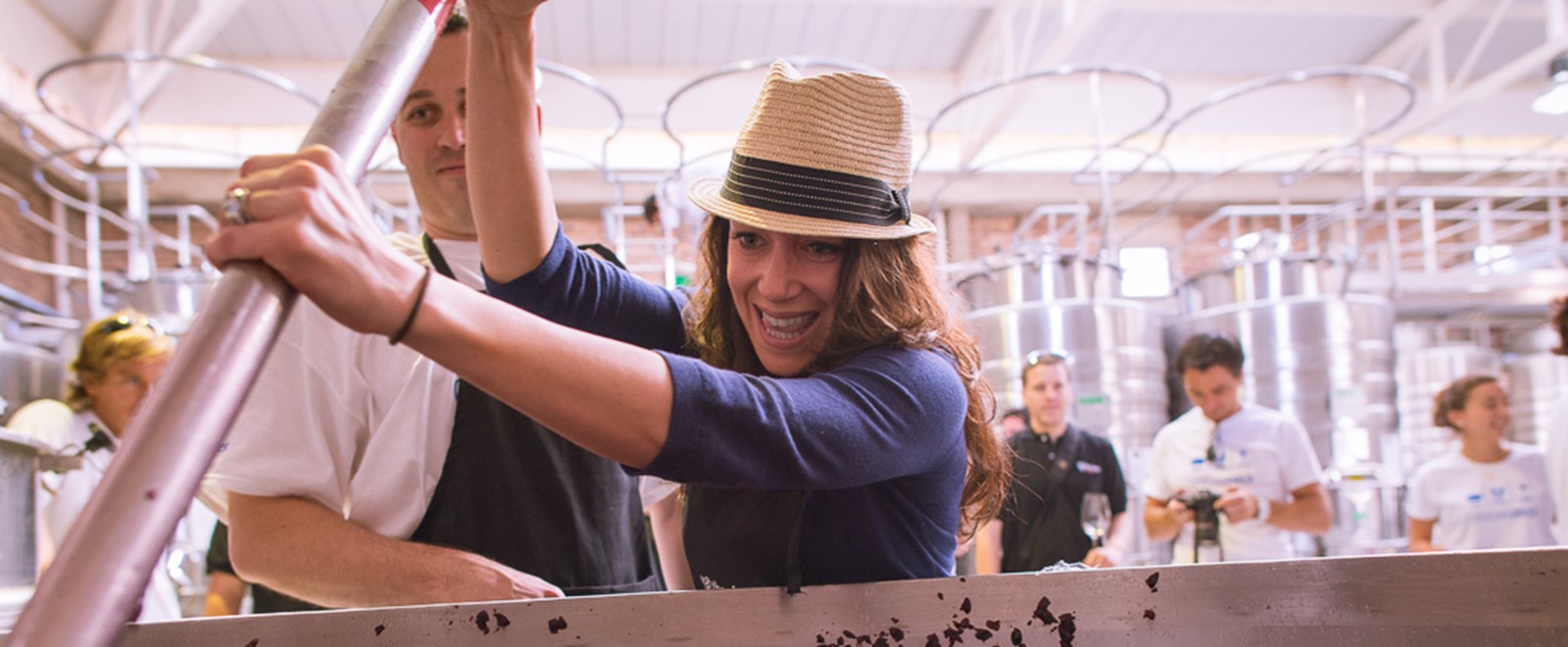Wines with a Past, Present & Future: 10 Years of Zuccardi ‘Z’
As Sebastian and Jose Zuccardi were guiding this tasting, we enjoyed each of these wines from 2002 – 2011, and it as if we were following the evolution of our wine industry in Argentina.
I think it’s important to highlight that while it is true that Argentina has climatic stability from year to year compared to Europe, since we handle major factors such as irrigation, there is no doubt that climatic variables are expressed in the character of the wine each year. I love when we don’t generalize and we talk about climate characteristics and their regional influence in each case.
The wines from 2002 and 2003 share a similar composition, with both almost 60% Malbec and 40% Tempranillo. Also, the area of origin was Maipú for Malbec and Santa Rosa for Tempranillo. Even with signs of evolution, both wines were vibrant and expressive, with still a couple more years of aging potential. In particular the 2003 which had a more mature structure and style.
From 2004 to 2007 inclusive, the wines share a little more fresh style thanks to a more pronounced acidity and more fruit and floral character. In all these vintages, there was a growth observed in the percentage of the Malbec composition ranging between 64% and 70% and a decrease of Tempranillo presence. The 2007 vintage - which incorporates for the first time a small percentage of Cabernet Sauvignon - also brings a new area: Gualtallari. However because of the climatic characteristics of that year, being a little more rainy, the influence of the Uco Valley in his character is not as prominent.
The big jump for me in the character and potential of the ‘Z’ wines by Zuccardi was in their 2008 wine. And I agree completely with Sebastian Zuccardi when he says that from 2008 Argentine wines will have a greater aging potential, like we never imagined. From this vintage onwards, a change of predominant components are observed. Malbec and Cabernet Sauvignon are the biggest players, and the Tempranillo is left aside, except for the 2009, where 14% of the wine is Tempranillo. The chosen regions were no longer Maipu and Santa Rosa, but La Consulta and Gualtayari in the Valle de Uco. The grapes as well as the areas mark a change in expression in ‘Z’, providing elegance and aging potential and a marvelous profile.
But if I have to choose a favorite, I would select 2002 for its vivacious 12-year-old structure. It is one of the wines that marks the beginning of the search for great wines in Argentina. The 2006 vintage is also an example of this change that has been brewing. This is a wine that combines two very different areas and maintains a perfect balance in its expression using Tempranillo, a varietal strongly linked to Zuccardi’s history. And, finally, I choose the 2011 vintage. I think it is already a great wine, above all it is a wine that reflects the future of Argentina: complex, elegant and fresh, with great aging potential.
Many thanks to Familia Zuccardi for sharing. Salud!

